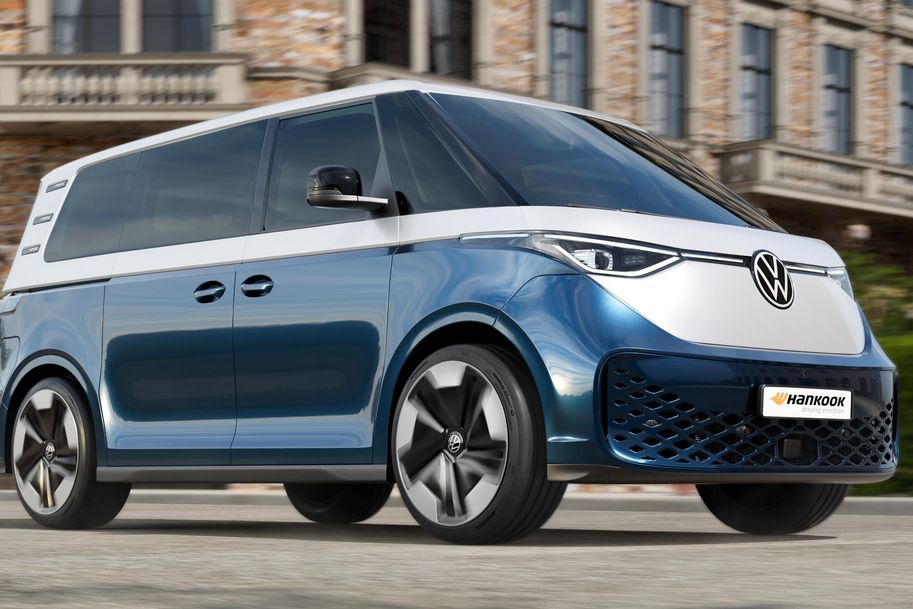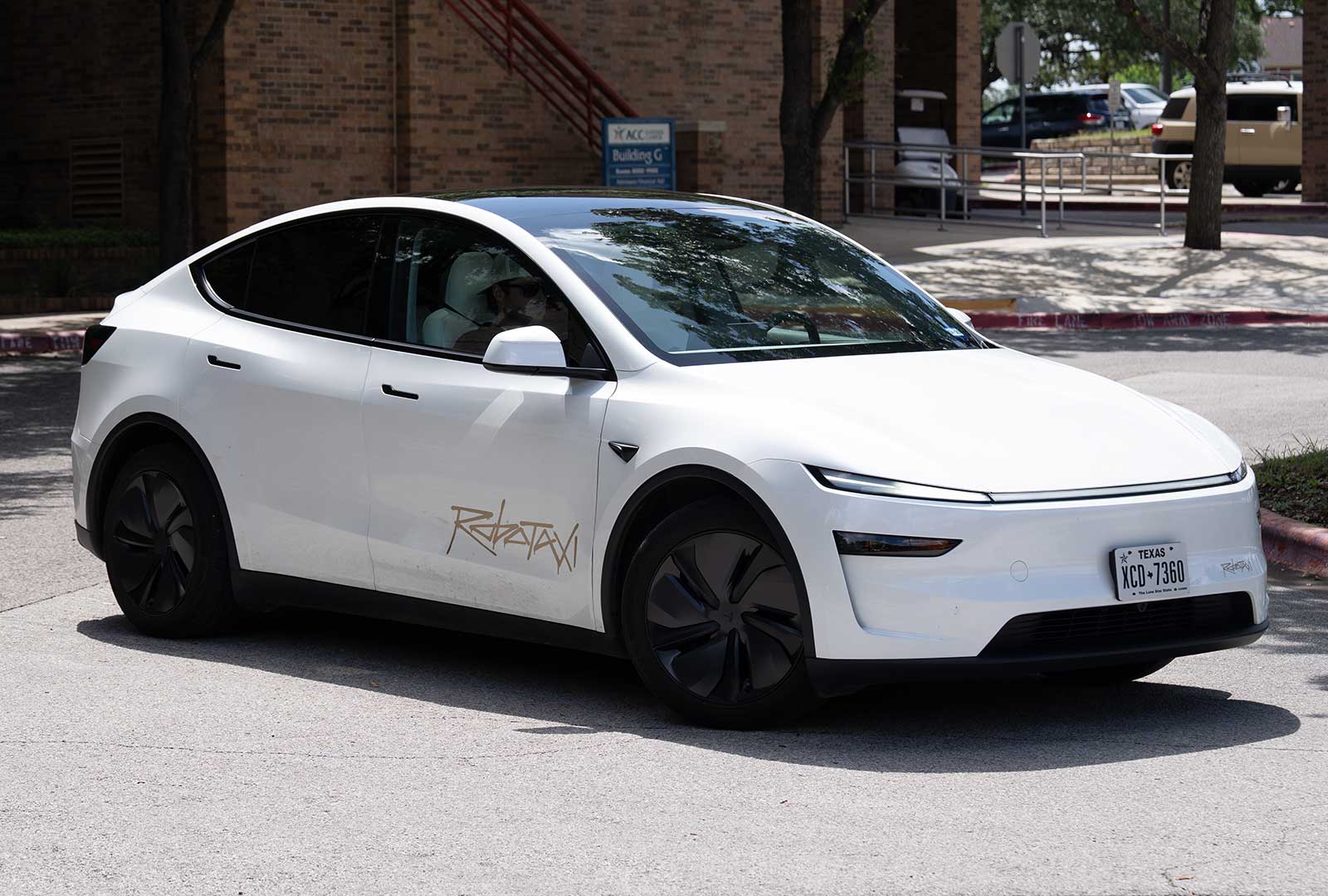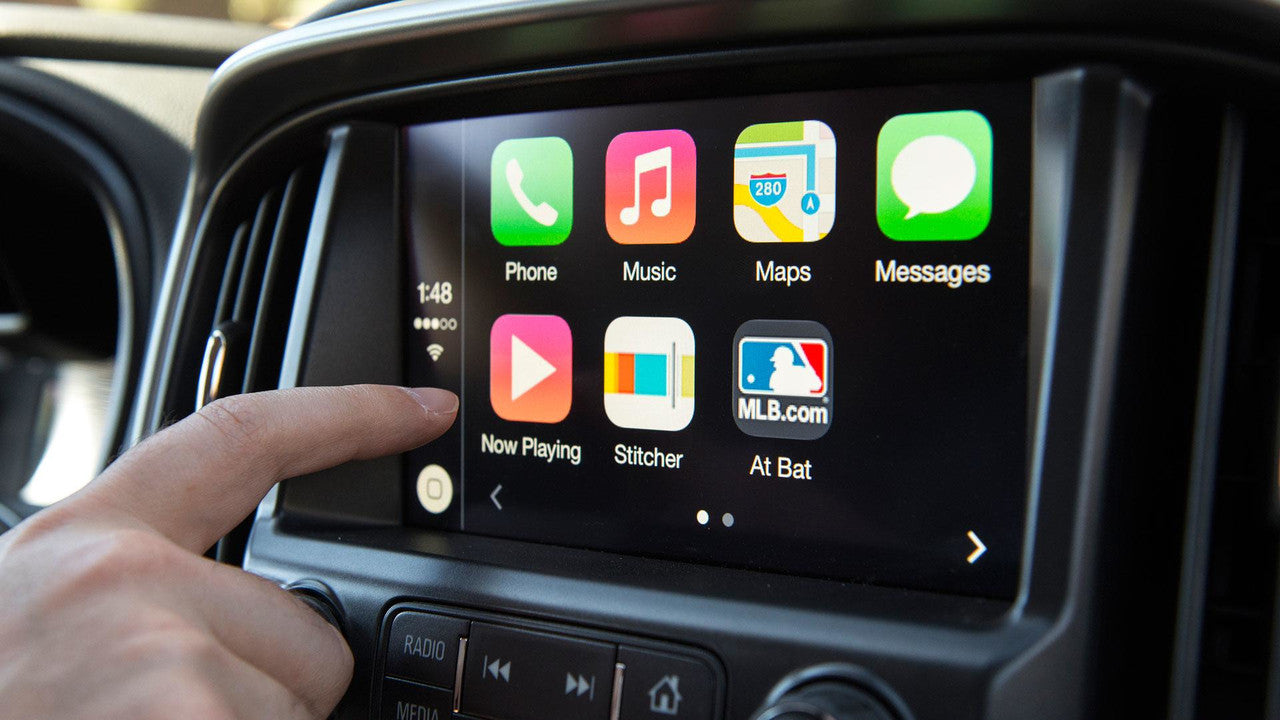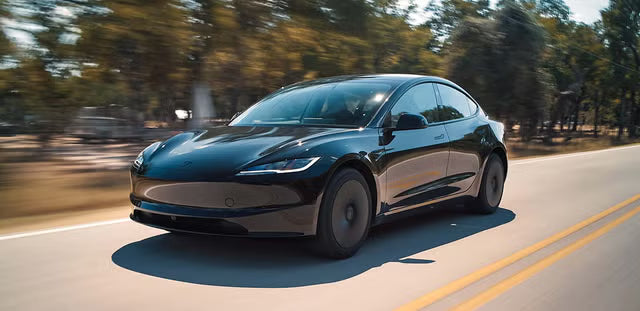Alors que les véhicules électriques (VE) s'intègrent de plus en plus à la vie familiale et aux transports commerciaux, la question de l'autonomie réelle devient cruciale pour les acheteurs potentiels. Le Volkswagen ID. Buz z, réincarnation moderne de l'emblématique Microbus, a suscité un vif intérêt grâce à son design nostalgique, son intérieur spacieux et son engagement écologique. Mais quelle distance peut-il parcourir avec une seule charge complète ?
Dans cet article, nous étudions l'autonomie de l'ID. Buzz en conditions réelles, les facteurs qui influencent les performances de sa batterie et la comparons aux fourgons à essence et à ses concurrents électriques.
Gamme officielle de la Volkswagen ID. Buzz
L'ID. Buzz est proposé en plusieurs versions dans le monde, mais pour les marchés américain et européen, la variante principale est équipée d'une batterie de 77 kWh . Selon le cycle WLTP , l'ID. Buzz affiche une autonomie estimée à environ 420 à 425 km (261 à 264 miles) . Cependant, l'estimation de l'EPA américaine, réputée plus prudente, devrait se situer entre 400 et 420 km une fois la certification terminée.
Pour les utilisateurs professionnels, une version Cargo de l'ID. Buzz est également disponible, avec une autonomie généralement légèrement réduite en raison d'un aérodynamisme réduit et d'une répartition du poids différente.
![]()
Tests en conditions réelles : à quoi pouvez-vous vous attendre ?
Des essais routiers indépendants et l'expérience des premiers utilisateurs suggèrent qu'en conduite quotidienne mixte (ville, banlieue et autoroute), l'ID. Buzz offre une autonomie constante de 350 à 420 km avec une charge complète, selon les conditions. Voici un aperçu des scénarios typiques :
| Conditions de conduite | Autonomie estimée (miles) |
|---|---|
| Urbain (basse vitesse, arrêt-démarrage) | 270–290 |
| Conduite mixte (ville + autoroute) | 240–260 |
| Autoroute (constante 65–75 mph) | 200–230 |
| Temps froid (moins de 0°C/32°F) | 180–210 |
| Temps chaud avec climatisation | 210–230 |
Graphique illustrant la portée estimée de l'ID. Buzz selon différentes conditions de conduite.
Facteurs qui affectent l'autonomie de conduite
Comme tous les véhicules électriques, l'autonomie de l'ID. Buzz peut varier considérablement en fonction de l'environnement et de l'utilisation. Voici les principaux facteurs qui influencent son autonomie sur une charge :
1. Vitesse et style de conduite
Conduire à des vitesses élevées, notamment au-delà de 110 km/h, augmente considérablement la traînée aérodynamique et réduit l'efficacité. Les accélérations brusques et les freinages fréquents peuvent également impacter négativement l'autonomie.
2. Températures extrêmes
La composition chimique des batteries est sensible à la température ambiante. Par temps froid, leurs performances se dégradent et l'énergie est détournée vers le chauffage de l'habitacle. À l'inverse, en cas de chaleur extrême, les systèmes de climatisation et de refroidissement des batteries consomment davantage d'énergie.
3. Charge du véhicule
Un ID. Buzz entièrement chargé (transport de passagers, de bagages ou de marchandises) sollicite davantage la batterie, réduisant ainsi son autonomie.
4. Pression et type de pneu
Des pneus sous-gonflés créent une résistance au roulement. De plus, les pneus toutes saisons ou hiver peuvent réduire l'efficacité par rapport aux pneus été à faible résistance.
5. Paramètres de freinage régénératif
Volkswagen permet aux utilisateurs de choisir l'intensité du freinage régénératif. Un réglage plus élevé permet de récupérer davantage d'énergie en décélération et d'augmenter l'autonomie en ville.

Recharge d'une Volkswagen ID. Buzz : options et considérations
L'ID. Buzz prend en charge la charge CA de niveau 2 jusqu'à 11 kW et la charge rapide CC jusqu'à 170 kW , selon la région et l'année du modèle.
| Type de charge | Niveau de puissance | Temps de charge complète (environ) |
|---|---|---|
| Niveau 1 (120 V) | ~1,2 kW | 2 à 3 jours |
| Niveau 2 (240 V) | 11 kW | 7 à 8 heures |
| Charge rapide CC | Jusqu'à 170 kW | 5 à 80 % en environ 30 minutes |
Tableau comparatif des vitesses de charge pour la Volkswagen ID. Buzz : niveaux 1, 2 et charge rapide CC.
Pour les ménages ou les propriétaires de flottes, l'installation d'un chargeur domestique de niveau 2 garantira des recharges quotidiennes rapides et sans tracas.
Surveillance et optimisation de la portée
L'application compagnon et le système d'infodivertissement embarqué de Volkswagen permettent de surveiller en temps réel l'autonomie, l'état de la batterie et l'état de charge. Parmi les principales stratégies d'optimisation, on peut citer :
-
Préconditionnement de la batterie (surtout en hiver) alors qu'elle est encore branchée
-
Conduite en mode Eco
-
Planification des itinéraires incluant des zones de freinage régénératif
-
Éviter l'utilisation excessive des commandes de climatisation

Comment l'ID. Buzz se compare-t-il aux fourgonnettes à essence ?
Bien que l'ID. Buzz n'atteigne pas l'autonomie de plus de 640 km des monospaces ou fourgons utilitaires à essence traditionnels, il offre des coûts d'exploitation réduits , une conduite plus silencieuse et zéro émission . En comparant les coûts d'utilisation à vie (carburant, entretien et avantages fiscaux inclus), l'ID. Buzz arrive souvent en tête, notamment dans les régions disposant d'une solide infrastructure pour les véhicules électriques.
| Véhicule | Réservoir plein/Autonomie de charge | Coût du carburant/de l'énergie par mile | Coût d'entretien annuel |
|---|---|---|---|
| Volkswagen ID. Buzz | ~250 milles | ~0,04 $–0,06 $ | Faible |
| Toyota Sienna (hybride) | ~600 milles | ~0,10 $ | Moyen |
| Ford Transit (essence) | ~450 milles | ~0,15 $ | Haut |
Tableau comparatif de l'autonomie et des coûts d'utilisation de l'ID. Buzz par rapport aux fourgons à essence.
Longévité et garantie de la batterie
Volkswagen offre une garantie de 8 ans ou 160 000 km (100 000 miles) sur la batterie de l'ID. Buzz, lui permettant de conserver au moins 70 % de sa capacité d'origine pendant cette période. Grâce à la technologie lithium-ion actuelle, la plupart des propriétaires peuvent espérer une autonomie de 10 à 15 ans, avec une perte de capacité progressive.
Volkswagen prend également en charge le diagnostic de l'état de la batterie via les outils des concessionnaires et propose des options de garantie prolongée pour les clients de flotte.
Remplacement et entretien de la batterie
Bien que les véhicules électriques nécessitent globalement moins d'entretien, la batterie de l'ID. Buzz est son composant le plus précieux. Si un remplacement est nécessaire après la fin de la garantie, le coût estimé varie entre 12 000 et 18 000 dollars , mais ce montant pourrait baisser avec les progrès technologiques.
Les besoins courants en matière d'entretien non liés à la batterie comprennent :
-
Rotation des pneus
-
Contrôle des plaquettes de frein (le freinage régénératif réduit l'usure)
-
Remplacement du filtre à air d'habitacle
-
Mises à jour logicielles
Conseils pour maximiser la portée de l'ID. Buzz
-
Gardez vos pneus correctement gonflés
-
Utilisez le mode de conduite Eco dans la circulation urbaine
-
Limitez l'utilisation des commandes de climatisation lorsque cela n'est pas nécessaire
-
Retirez les barres de toit ou le poids inutile
-
Utiliser le freinage régénératif pour récupérer de l'énergie
-
Préconditionnez votre véhicule lorsqu'il est branché
-
Conduisez à des vitesses modérées pour réduire la traînée aérodynamique
Réflexions finales
Le Volkswagen ID. Buzz est bien plus qu'un simple clin d'œil nostalgique au passé : c'est un fourgon électrique fonctionnel et avant-gardiste, capable de répondre aux besoins des familles comme des professionnels. Avec une autonomie de 350 à 420 km et un accès aux réseaux de recharge rapide, il est idéal pour les trajets quotidiens, les road trips et la logistique urbaine. S'il n'atteint pas encore l'autonomie des fourgons à essence, ses avantages en termes de durabilité et de coût d'utilisation en font un choix incontournable.
Lecture recommandée : Quelle est la distance parcourue par une Tesla Model Y avec une charge complète ?








Partager:
Comprendre la nouvelle déduction des intérêts sur les prêts pour véhicules électriques
Comprendre la charge bidirectionnelle : V2L et V2G expliqués